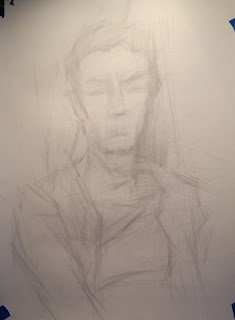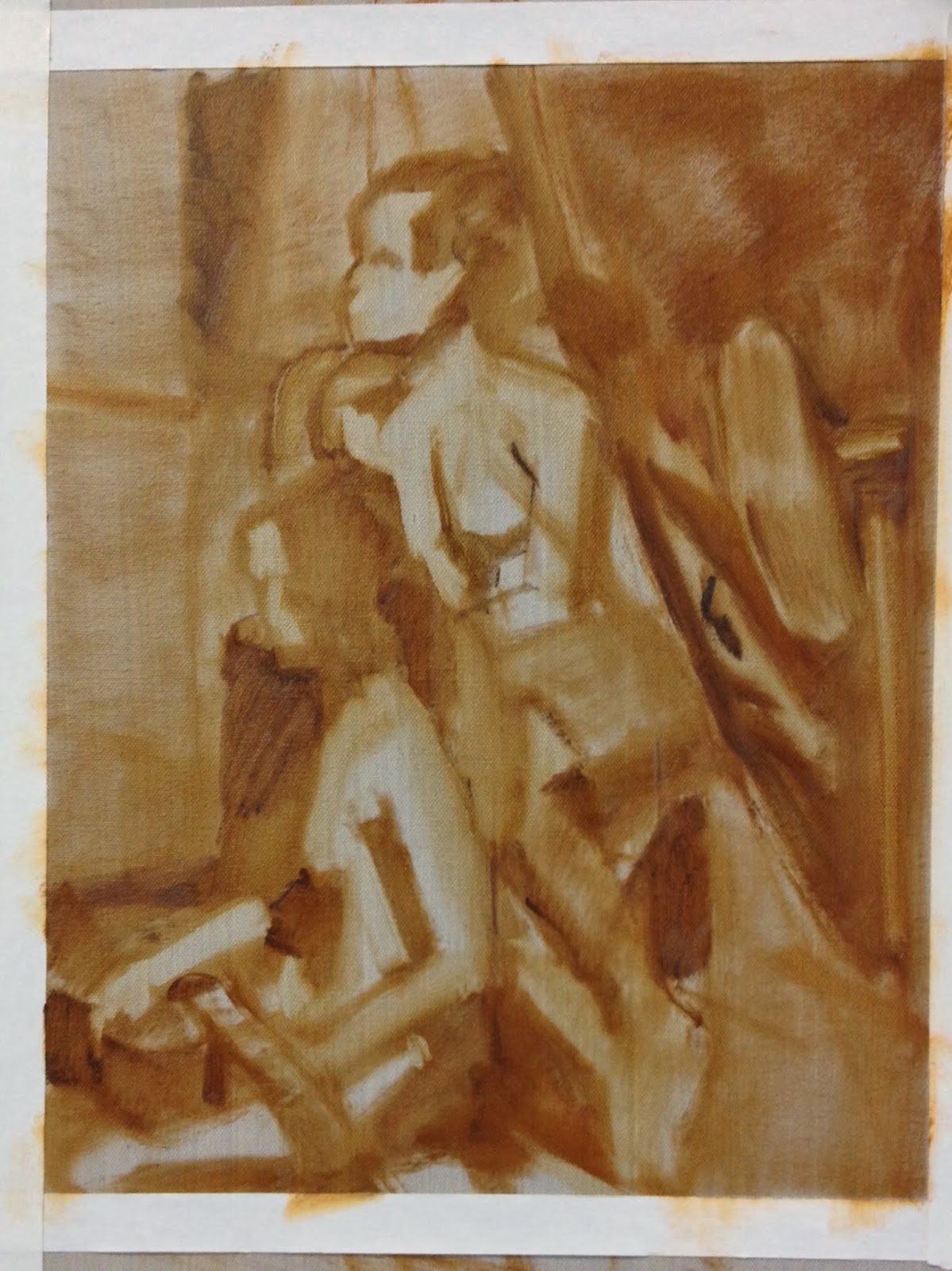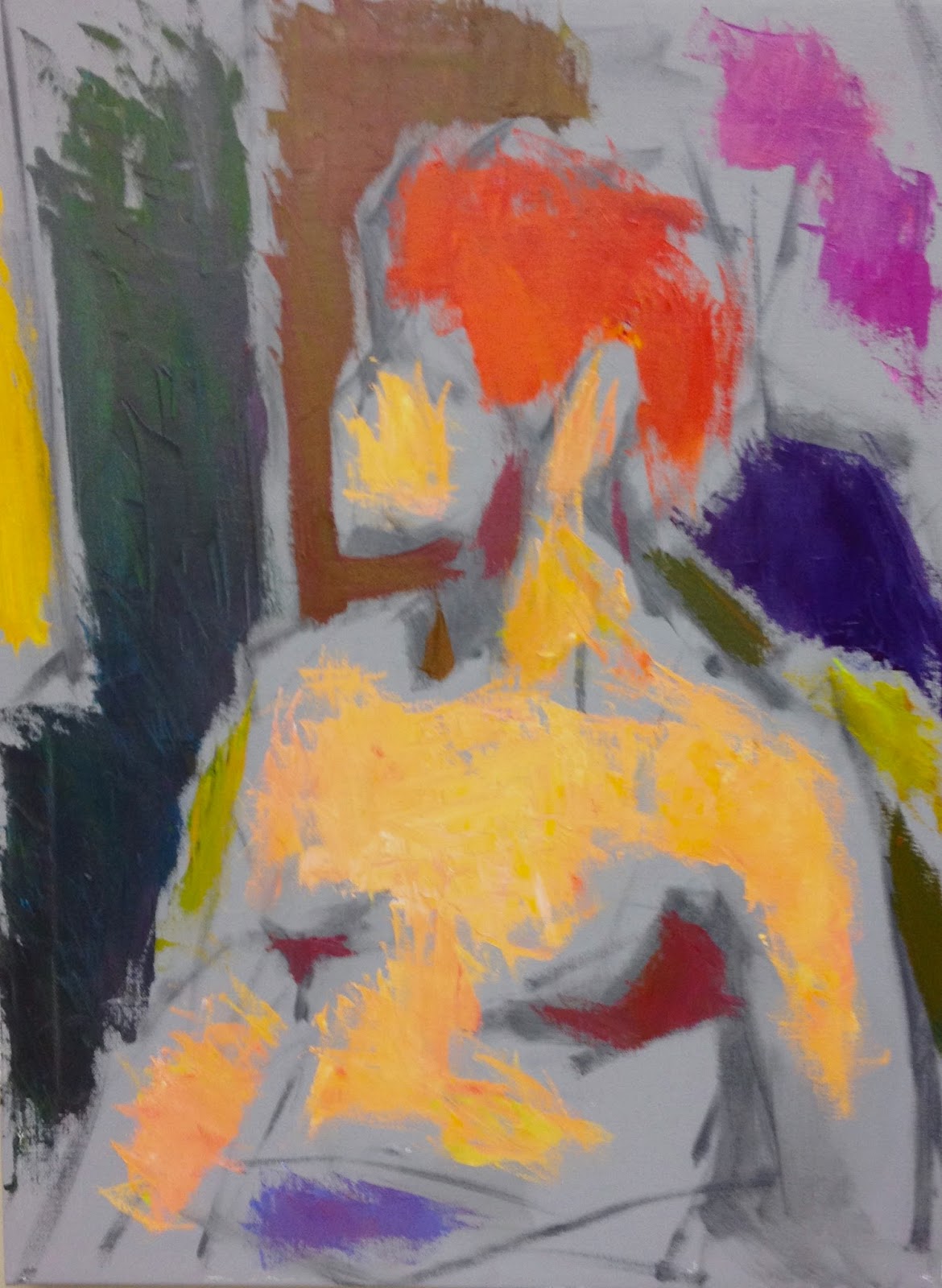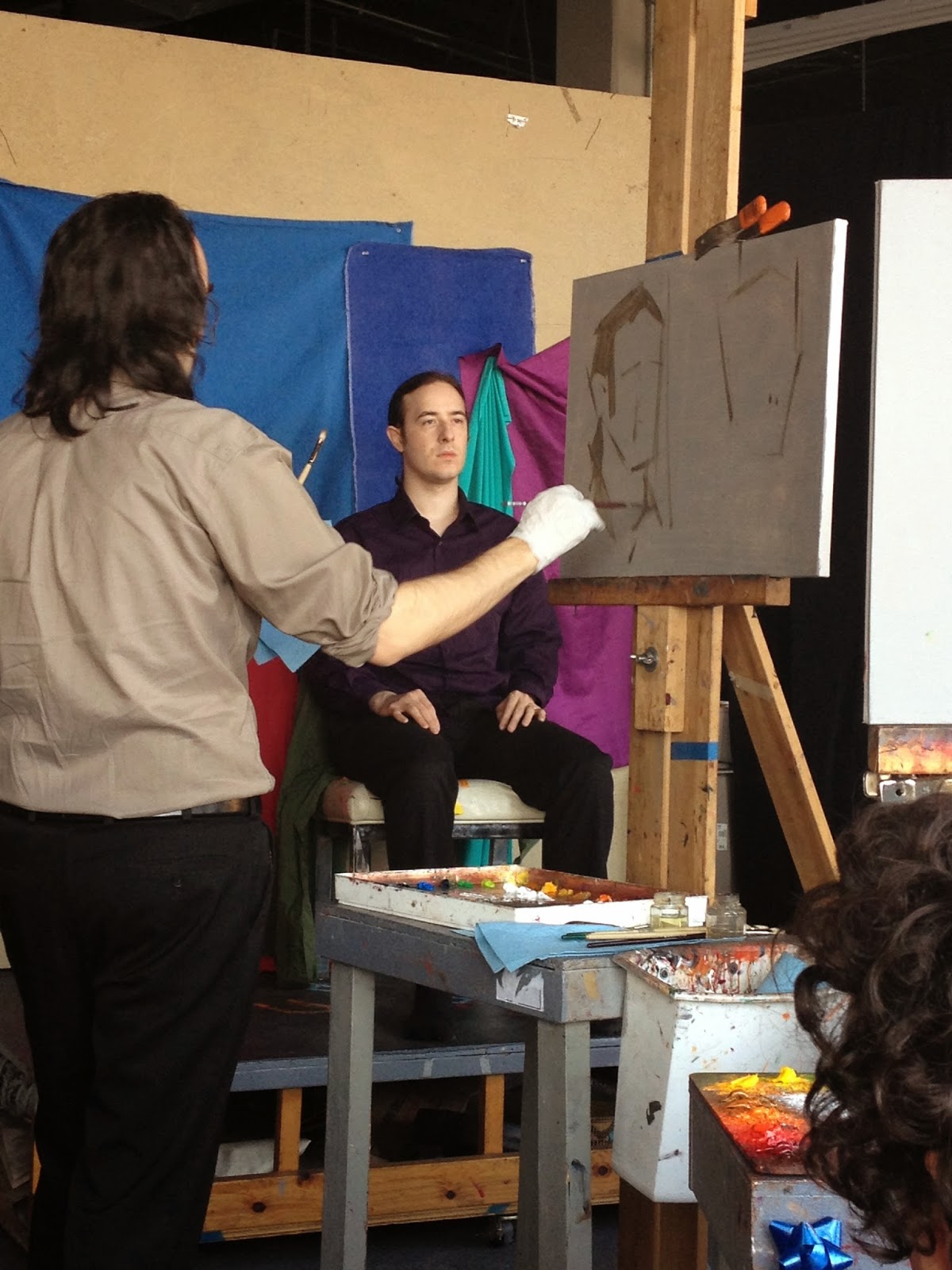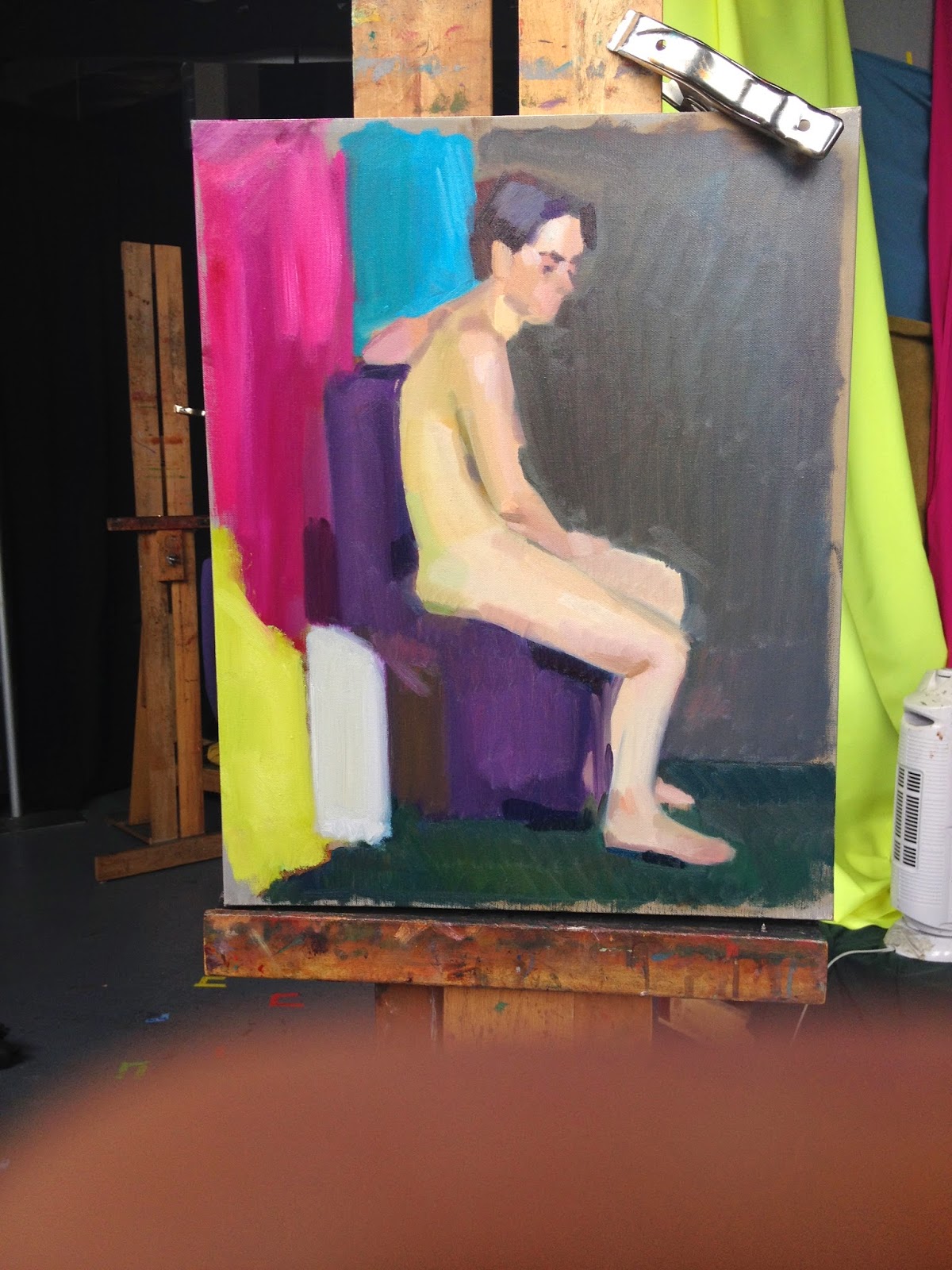Everyone knows about the Philadelphia Museum of Art, but what about the other museums in Philly? For an easy way to find fun museums, simply walk down Benjamin Franklin Parkway.
You can also visit With Art Philadelphia at the link below.
http://withart.visitphilly.com/?gclid=COm9qcutnrkCFbFQOgodgisA4g
The Barnes Foundation
A Museum and a classroom the Barnes Foundation display modern and contemporary realist art and many things in between, and surprisingly, horticulture
You can also visit With Art Philadelphia at the link below.
http://withart.visitphilly.com/?gclid=COm9qcutnrkCFbFQOgodgisA4g
The Barnes Foundation
A Museum and a classroom the Barnes Foundation display modern and contemporary realist art and many things in between, and surprisingly, horticulture
http://www.barnesfoundation.org/
2025 Benjamin Franklin Parkway
Philadelphia, PA 19130
215.278.7000
300 North Latch's Lane
Merion, PA 19066
215.278.7350
info@barnesfoundation.org
Open Monday, Wednesday, Thursday, Friday, Saturday, Sunday
10 am–6 pm
Friday until 9:30 pm
Closed Tuesday
Rodin Museum
2025 Benjamin Franklin Parkway
Philadelphia, PA 19130
215.278.7000
300 North Latch's Lane
Merion, PA 19066
215.278.7350
info@barnesfoundation.org
Open Monday, Wednesday, Thursday, Friday, Saturday, Sunday
10 am–6 pm
Friday until 9:30 pm
Closed Tuesday
Rodin Museum
In the museum's own words: The Rodin Museum is a "unique ensemble of Beaux-Arts architecture and a formal French garden in which to experience the sculpture of Auguste Rodin."
http://www.rodinmuseum.org/
2154 Benjamin Franklin Pkwy
Philadelphia, PA 19130
(215) 763-8100
Closed: Tuesday
Wednesday-Monday, 10:00 a.m.-5:00 p.m.
Woodmere Art Museum
A museum of artists of Philly. That's right. This museum tells the story of art and artists in Philadelphia.
http://woodmereartmuseum.org/
9201 Germantown Avenue
Philadelphia, PA 19118
215-247-0476
Tues. – Thurs. 10 a.m. – 5 p.m.
Friday 10 a.m. – 8:45 p.m.
Saturday 10 a.m. – 6 p.m.
Sunday 10 a.m. – 5 p.m.
Underground Art Museum
Not much is known about this mysterious museum, probably because it is underground. But their
facebook page holds a collection of fine paintings.
https://www.facebook.com/pages/Underground-Art-Museum/233409516692398
525 S 4th Street,
Philadelphia, PA 19147
(610) 565-2000
Artist's House
A gallery of emerging artists from the Philadelphia area. Art for sale here.
http://www.artistshouse.com/
57 North 2nd Street
Philadelphia PA
Current Hours
Saturday and Sunday
12 noon to 5pm or by appointment
Dalet Gallery
A gallery that connect the artist and the viewer. Has shows for music, sculpture and painting.
http://www.daletart.com/
141 n. 2nd Street
Philadelphia, PA 19106
215 - 923 - 2424
Gallery hours: Wed - Sat 11am - 6pm,
Sun & Mon by appointment.
Pennsylvania Academy of Modern Arts
A wonderful collection of art, online and in person. Boasts shows, exhibitions, classic masterpieces, and masterpieces to be by today's rising artists from around the world.
http://www.pafa.org/museum/
http://www.rodinmuseum.org/
2154 Benjamin Franklin Pkwy
Philadelphia, PA 19130
(215) 763-8100
Closed: Tuesday
Wednesday-Monday, 10:00 a.m.-5:00 p.m.
Woodmere Art Museum
A museum of artists of Philly. That's right. This museum tells the story of art and artists in Philadelphia.
http://woodmereartmuseum.org/
9201 Germantown Avenue
Philadelphia, PA 19118
215-247-0476
Tues. – Thurs. 10 a.m. – 5 p.m.
Friday 10 a.m. – 8:45 p.m.
Saturday 10 a.m. – 6 p.m.
Sunday 10 a.m. – 5 p.m.
Underground Art Museum
Not much is known about this mysterious museum, probably because it is underground. But their
facebook page holds a collection of fine paintings.
https://www.facebook.com/pages/Underground-Art-Museum/233409516692398
525 S 4th Street,
Philadelphia, PA 19147
(610) 565-2000
Artist's House
A gallery of emerging artists from the Philadelphia area. Art for sale here.
http://www.artistshouse.com/
57 North 2nd Street
Philadelphia PA
Current Hours
Saturday and Sunday
12 noon to 5pm or by appointment
Dalet Gallery
A gallery that connect the artist and the viewer. Has shows for music, sculpture and painting.
http://www.daletart.com/
141 n. 2nd Street
Philadelphia, PA 19106
215 - 923 - 2424
Gallery hours: Wed - Sat 11am - 6pm,
Sun & Mon by appointment.
Pennsylvania Academy of Modern Arts
A wonderful collection of art, online and in person. Boasts shows, exhibitions, classic masterpieces, and masterpieces to be by today's rising artists from around the world.
http://www.pafa.org/museum/
Historic Landmark Building
118 North Broad Street
Philadelphia, PA 19102
215-972-7600
Samuel M. V. Hamilton Building
128 N. Broad Street
Philadelphia, PA 19102
215-972-7600
Tuesday - Saturday, 10 a.m. - 5 p.m.
Sunday, 11 a.m. - 5 p.m.
Closed Mondays and legal holidays.
Admission
Adults: $15
Seniors (60+)/Students (with ID): $12
Youth (13-18): $8
Children 12 and under and military personnel (excluding groups): Free
Members: Free
There are many more galleries and tiny museums out there to find. Art-Collecting has a wonderful list of some, as well as a list of artist's websites.
http://art-collecting.com/galleries_pa_philadelphia.htm
118 North Broad Street
Philadelphia, PA 19102
215-972-7600
Samuel M. V. Hamilton Building
128 N. Broad Street
Philadelphia, PA 19102
215-972-7600
Tuesday - Saturday, 10 a.m. - 5 p.m.
Sunday, 11 a.m. - 5 p.m.
Closed Mondays and legal holidays.
Admission
Adults: $15
Seniors (60+)/Students (with ID): $12
Youth (13-18): $8
Children 12 and under and military personnel (excluding groups): Free
Members: Free
There are many more galleries and tiny museums out there to find. Art-Collecting has a wonderful list of some, as well as a list of artist's websites.
http://art-collecting.com/galleries_pa_philadelphia.htm
Go forth an be inspired!











